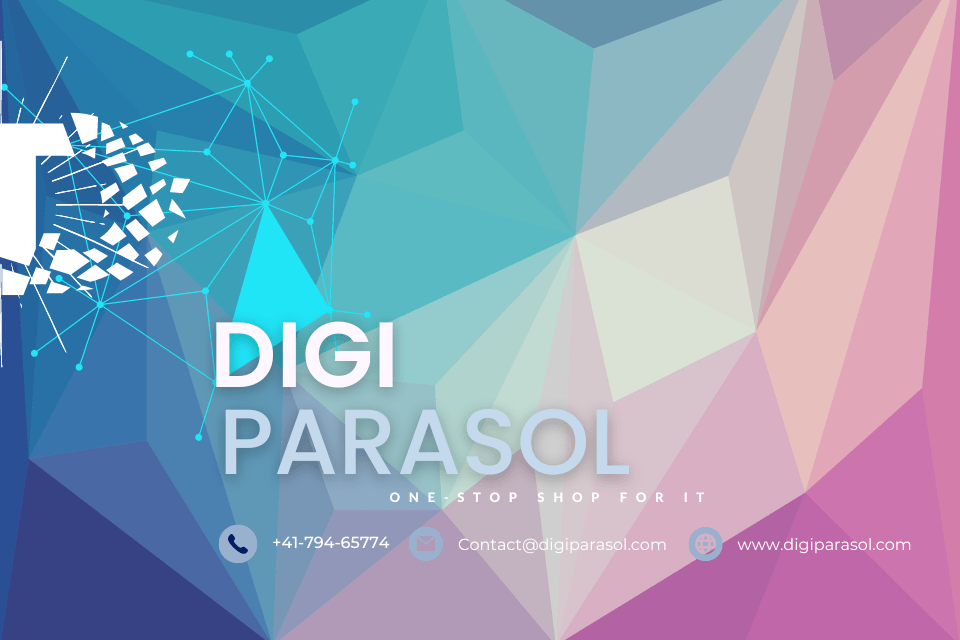In recent years, the concept of a smart home has become increasingly popular as more and more homeowners are looking to automate and control various aspects of their homes with the help of IoT devices. From smart light bulbs to connected thermostats, there is a wide range of devices available on the market that can help make your home more efficient, convenient, and secure. In this blog post, we will provide an overview of the benefits of smart home technology and compare some of the top IoT devices on the market. We will also provide tips on getting started with a smart home setup and outline the essential equipment you will need.
Benefits of Smart Home Technology
There are numerous benefits to upgrading your home with smart technology. One of the main advantages is increased convenience. With smart devices, you can control various aspects of your home – such as lighting, heating, and security – from a single app on your smartphone or tablet. This means you can adjust settings and monitor your home from anywhere, providing peace of mind and saving you time and energy.
Another key benefit of smart home technology is increased energy efficiency. Many smart devices are designed to help you save on your energy bills by automatically adjusting settings based on your preferences and habits. For example, smart thermostats can learn your heating and cooling patterns and adjust the temperature accordingly, while smart lighting systems can turn off lights in empty rooms to conserve energy.
Security is another crucial benefit of smart home technology. With connected cameras, motion sensors, and smart locks, you can monitor your home and receive instant alerts if there is any suspicious activity. This can help deter burglars and provide evidence in case of a break-in.
Overall, smart home technology can help you save time, money, and energy, while also providing peace of mind and enhancing the comfort and convenience of your home.
Comparing the Top IoT Devices on the Market
When it comes to building a smart home, there are many IoT devices to choose from. Some of the top devices on the market include:
1. Smart thermostats: Devices like the Nest Learning Thermostat and Ecobee SmartThermostat can help you save on heating and cooling costs by learning your preferences and adjusting settings automatically.
2. Smart lighting: Products like Philips Hue and LIFX offer a range of smart bulbs and light strips that can be controlled with your smartphone, allowing you to create custom lighting schemes and schedules.
3. Smart security cameras: Brands like Ring, Arlo, and Nest offer a variety of indoor and outdoor cameras that can help you monitor your home and deter intruders.
4. Smart locks: Devices like August Smart Lock Pro and Schlage Encode allow you to control access to your home remotely and receive alerts when someone enters or exits.
5. Smart plugs: Products like the TP-Link Kasa Smart Plug and Belkin WeMo Mini allow you to control appliances and devices remotely, helping you save on energy costs.
Tips for Getting Started with a Smart Home Setup
If you’re interested in building a smart home, here are some tips to help you get started:
1. Start small: Begin by identifying areas of your home where you would benefit from smart technology, such as lighting, heating, or security. Start with a few devices and gradually expand your setup as needed.
2. Research compatibility: Make sure to choose devices that are compatible with each other and can be controlled from a single app or hub. This will make it easier to manage your smart home system.
3. Set a budget: Smart home technology can be expensive, so it’s important to set a budget and prioritize your purchases based on your needs and preferences.
4. Consider professional installation: Some devices may require professional installation, especially if they involve wiring or complicated setup. Consult with a professional if needed to ensure proper installation.
Essential Equipment for a Smart Home Setup
To build a smart home, you will need some essential equipment, including:
1. Smart hub or bridge: A hub or bridge is a central device that connects all your smart devices and allows you to control them from a single app. Popular options include the Samsung SmartThings Hub and the Amazon Echo Plus.
2. Smart devices: Depending on your needs, you may want to invest in smart thermostats, lighting, security cameras, locks, and plugs.
3. High-speed internet: A reliable internet connection is essential for connecting your smart devices and controlling them remotely.
4. Smartphone or tablet: You will need a compatible smartphone or tablet to download the app for controlling your smart devices.
In conclusion, smart home technology offers a wide range of benefits, from increased convenience and energy efficiency to enhanced security and peace of mind. By comparing the top IoT devices on the market, following our tips for getting started, and investing in essential equipment, you can create a smart home that meets your needs and enhances your lifestyle. So why wait? Start building your smart home today and enjoy the countless benefits it has to offer.


